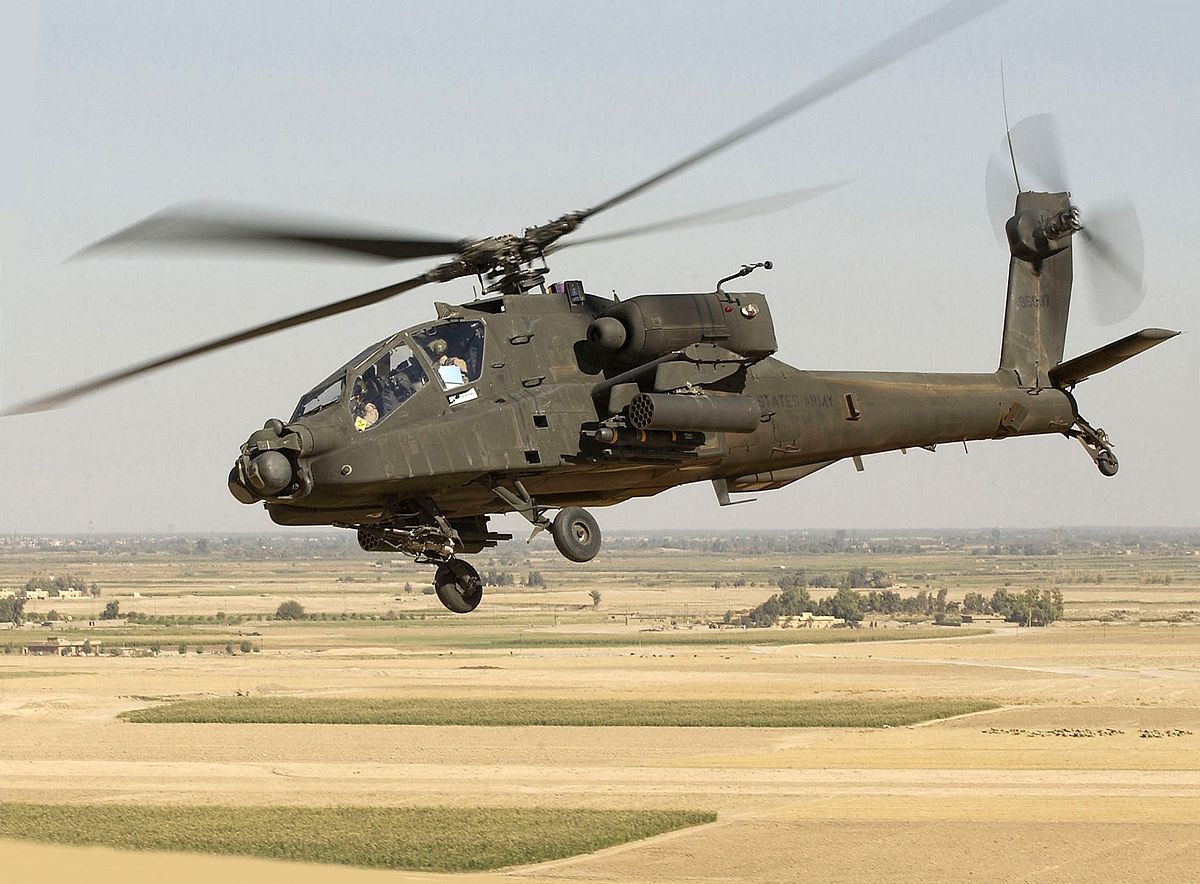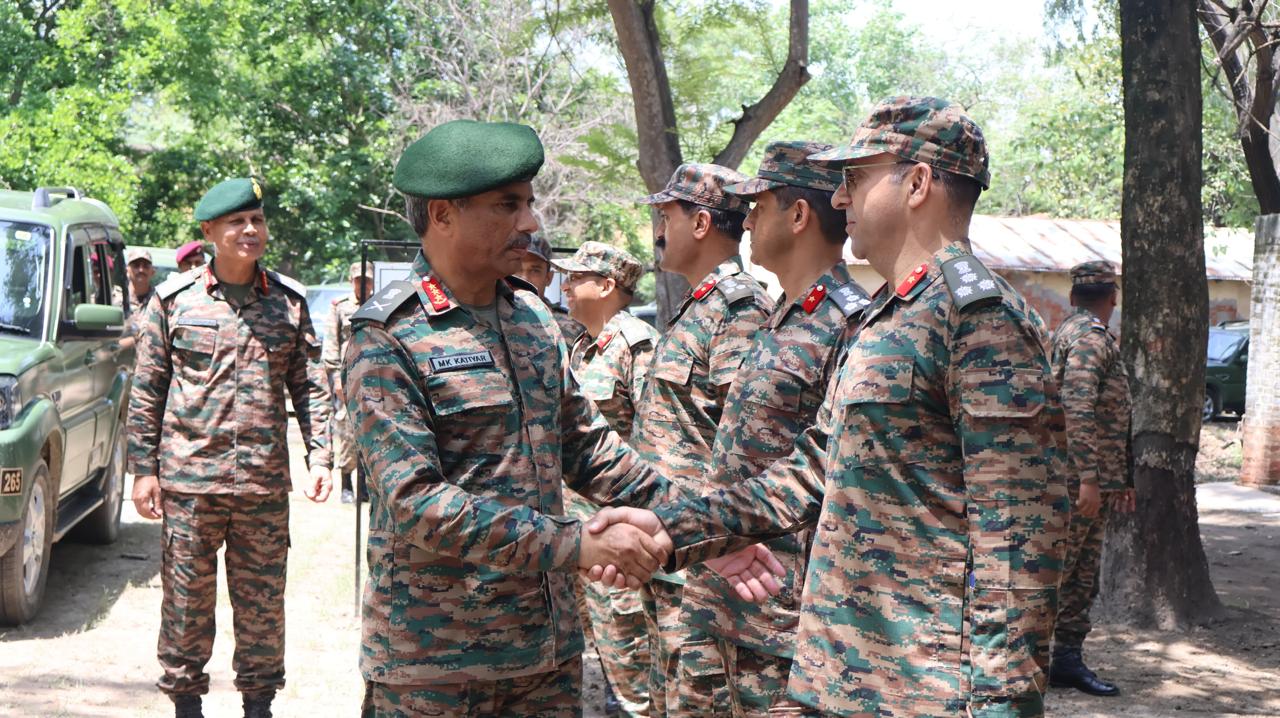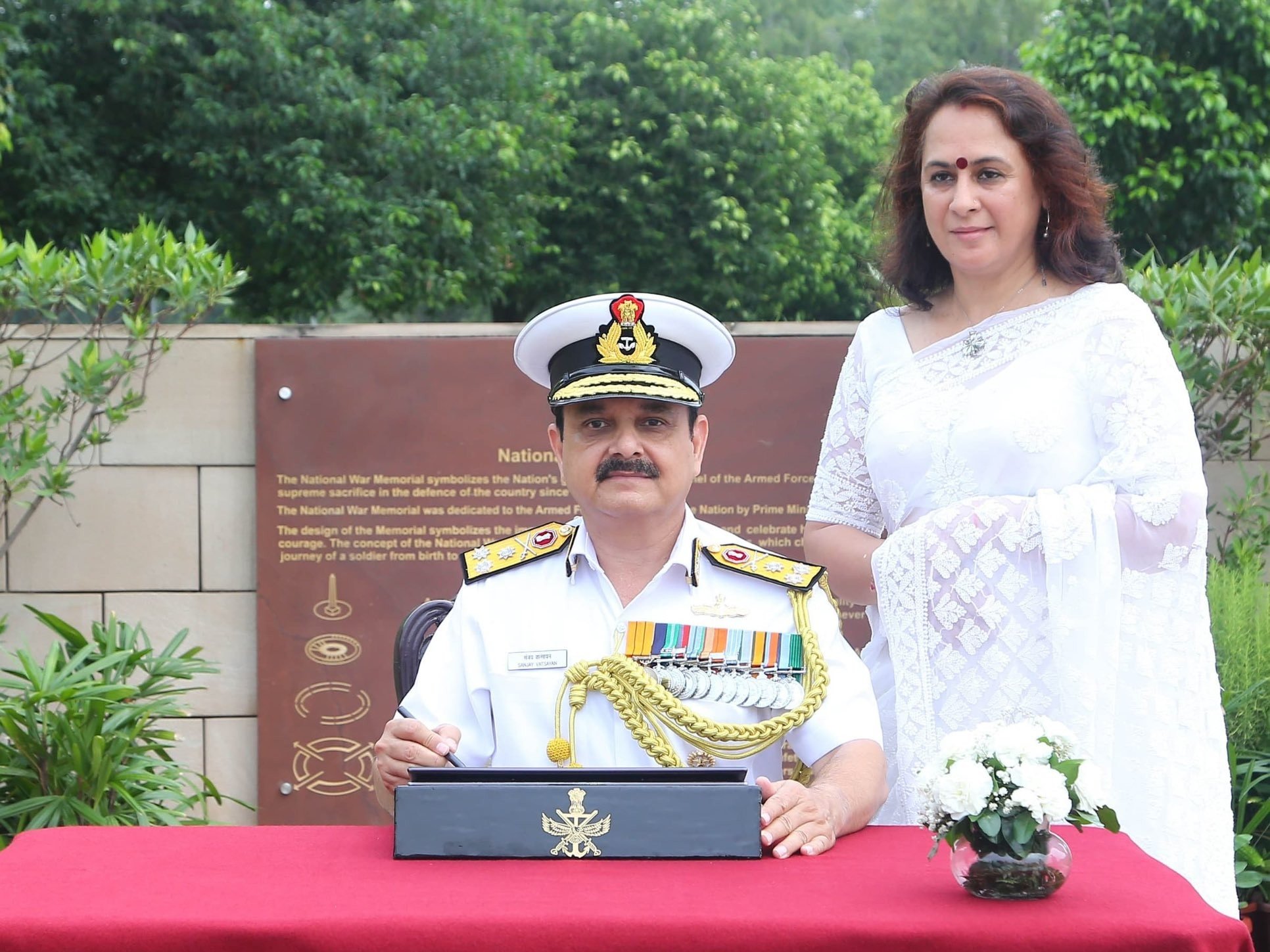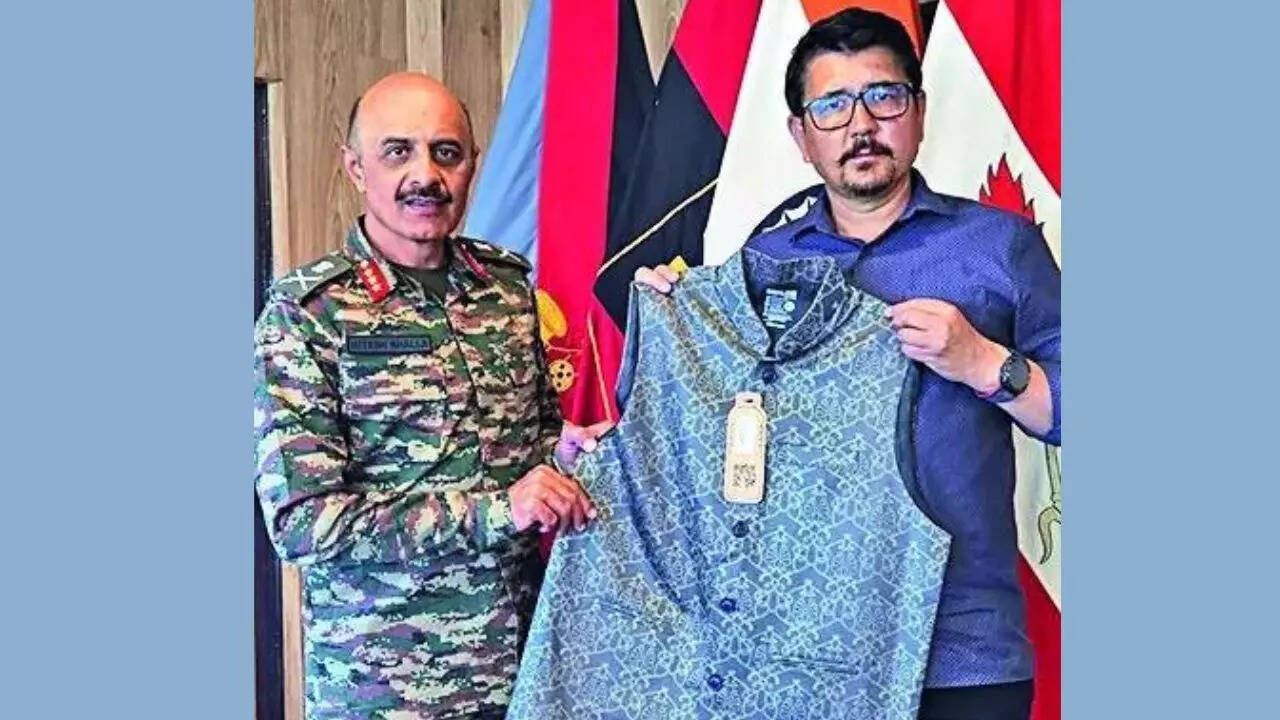CBI Arrests BSF Accounts Officer for Accepting Bribe to Clear Contractor Bills
The Central Bureau of Investigation (CBI) has arrested Dharmender Kumar Verma, an Assistant Accounts Officer (AAO) posted in the Public…
Three AH-64E Apache Attack Helicopters Arrive in Jodhpur Ahead of Indian Army Induction
The Indian Army is set to induct three AH-64E Apache attack helicopters in the next two days, with July 22…
China Begins Construction of World’s Largest Dam Over Brahmaputra in Tibet
China has officially started construction of what is expected to become the world’s largest hydropower dam on the Brahmaputra River.…
Lt Gen Manoj Kumar Katiyar Assesses Readiness of Golden Arrow Division
Lieutenant General Manoj Kumar Katiyar, PVSM, AVSM, General Officer Commanding-in-Chief of the Indian Army’s Western Command, undertook a comprehensive visit…
Meet Vice Admiral Sanjay Vatsayan: The New Vice Chief of the Naval Staff
Vice Admiral Sanjay Vatsayan has taken over as the new Vice Chief of the Naval Staff (VCNS) on August 1…
Indian Army Showcases Siachen-Recycled Jacket, Joins Drive to Clean Indus River
In a symbolic gesture of environmental responsibility, the Indian Army recently presented a jacket made from recycled waste collected from…






